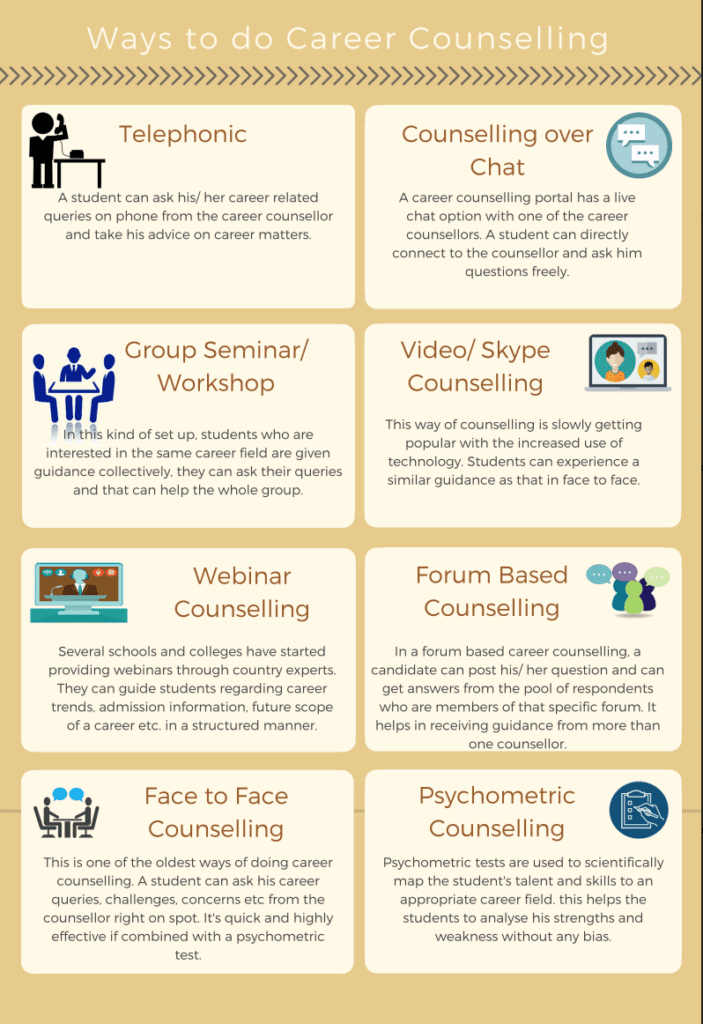Your company can make a lasting impression on job seekers when they apply. However, you should outline the journey from a curious job seeker to a contented employee in advance.
It’s essential to map out your organization’s employee experience (EX) so that everyone on the team has the same positive impression of working there. But since a business has so many variables, employee journey mapping has often been overlooked. Perhaps it’s because there has never been a better time to put employee journey mapping into practice.

What Is The Importance Of Employee Journey Mapping?
Since the success of an organization depends on its employees, employee journey mapping has become a hot topic for HR departments.
The purpose of employee journey mapping is to create a detailed map of the experience of an organization’s employees by highlighting the most significant touchpoints and experiences along the way. For example, during the onboarding stage, you may identify stressful situations for new hires. With an employee journey map, you’ll have a better understanding of the problem and be able to create fun ways to welcome new employees. This approach has proven to be an effective tool for boosting employee recognition, satisfaction, and loyalty by assisting managers in gaining a deeper understanding of their employees’ needs at various stages of their employment.
Once you have a solid grasp of the employee’s experience, you’ll also see that:
- Journey maps help you determine why some individuals are disengaging and which aspects of your strategy are working successfully. In addition to boosting employee enthusiasm, journey mapping can assist in filling open positions and allocating funds.
- The key to satisfying employees at all points in their journey is figuring out where things go smoothly and then recreating that success again.
- When workers are content with their jobs, they are less likely to consider leaving your organization. Most employees would stay with the company longer if given opportunities to advance in their professions.
- When everyone in the organization has a clear idea of where they stand regarding their career, what is expected of them, and how they can grow, it fosters a more positive work environment and strengthens bonds between employees.
Steps To Employee Journey Mapping
The experiences that your workers have in their jobs are a significant factor in the success of your business. Here are some steps you can take to make a practical and effective employee journey map:
- Identify Moments That Matter
An employee’s journey map is marked by the number of significant moments along the way. To have a complete picture of the employee’s journey, the first critical step is to identify the ‘moments that matter’ such as:
- Initial job interview
- First day of work
- Performance evaluation
- Onboarding process experience
- Training
- First birthday at the company
- Exit day
Focusing on these ‘moments that matter’ is an excellent starting point in enhancing employee experience at work. To do this, you should learn to identify key moments and collect relevant information to assist you in determining areas for development. It would be best if you took note that the employee experience improvements will boost employee morale, output, service, and the company’s bottom line.
- Carry Out Research On Employees’ Experiences
Gather feedback from workers. You may already have some quantitative information on your staff that might serve as a baseline, like turnover rates, tenure statistics, and exit interview information. You can interview employees to know their wants, needs, expectations, challenges, and viewpoints. Collect input from employees at all levels of the company, from newcomers to seniors.
At each stage of the employee journey, it is essential to continuously listen to and learn what matters most to people over time.
It would help if you asked these things at key stages in life throughout their journey:
- What is the worker looking to accomplish?
- What kinds of obstacles are there?
- What does the worker feel?
- Is there a particular set of procedures that, if implemented, would result in better output?
With the answers that you get, you can then adjust your strategy to make EX better.
- Make Improvements
Finding inconsistencies between what an employee expected and what they receive can be made more accessible by employing a journey map.
Imagine that you manage a call center and that your journey map shows increase in stress among individuals who have been promoted to senior call center agent, even though the hiring went smoothly and that they were onboarded without any problems. And it turns out that most department resignations occur during the first two years after promotion.
You can observe that there is no room available for mentoring senior agents when they are in the process of development. Mentoring sessions for new agents occur once a month for the first six months on the job. When looking at the big picture of what’s happening in a call center, the journey map reveals that the manager is too focused on onboarding new agents to devote adequate time to training and mentoring the more seasoned staff members.
With the help of journey maps, you can establish the role of a call center supervisor and implement mentoring programs for agents of all ranks.
What Makes A Positive Working Environment?
Technology, culture, and the physical environment dramatically influences employee experience. All three contribute to a positive working environment for employees.
- Technology. Utilizing technology is required. Any business that desires to build trust and encourage employee participation must have access to excellent tools. Keep in mind that technology plays a role in man-made organizations.
- Culture. Building a positive culture means creating an environment where workers look forward to coming to work.
- Physical Environment. It’s essential to provide employees with a working environment that encourages them to do their best. Employees often juggle different responsibilities throughout a typical workday. This requires real-world adjustments to accommodate the change.
This strategy is beneficial since it provides some realistic approaches to enhance the working conditions of the organization’s workforce.
Conclusion
As competition for talent increases, companies cannot afford to ignore the need to enhance their employees’ working conditions. As hybrid work becomes commonplace and more and more people quit their jobs, positive employee experience is becoming more critical as a means to retain qualified and reliable workers.














